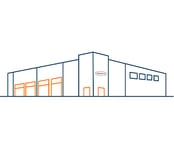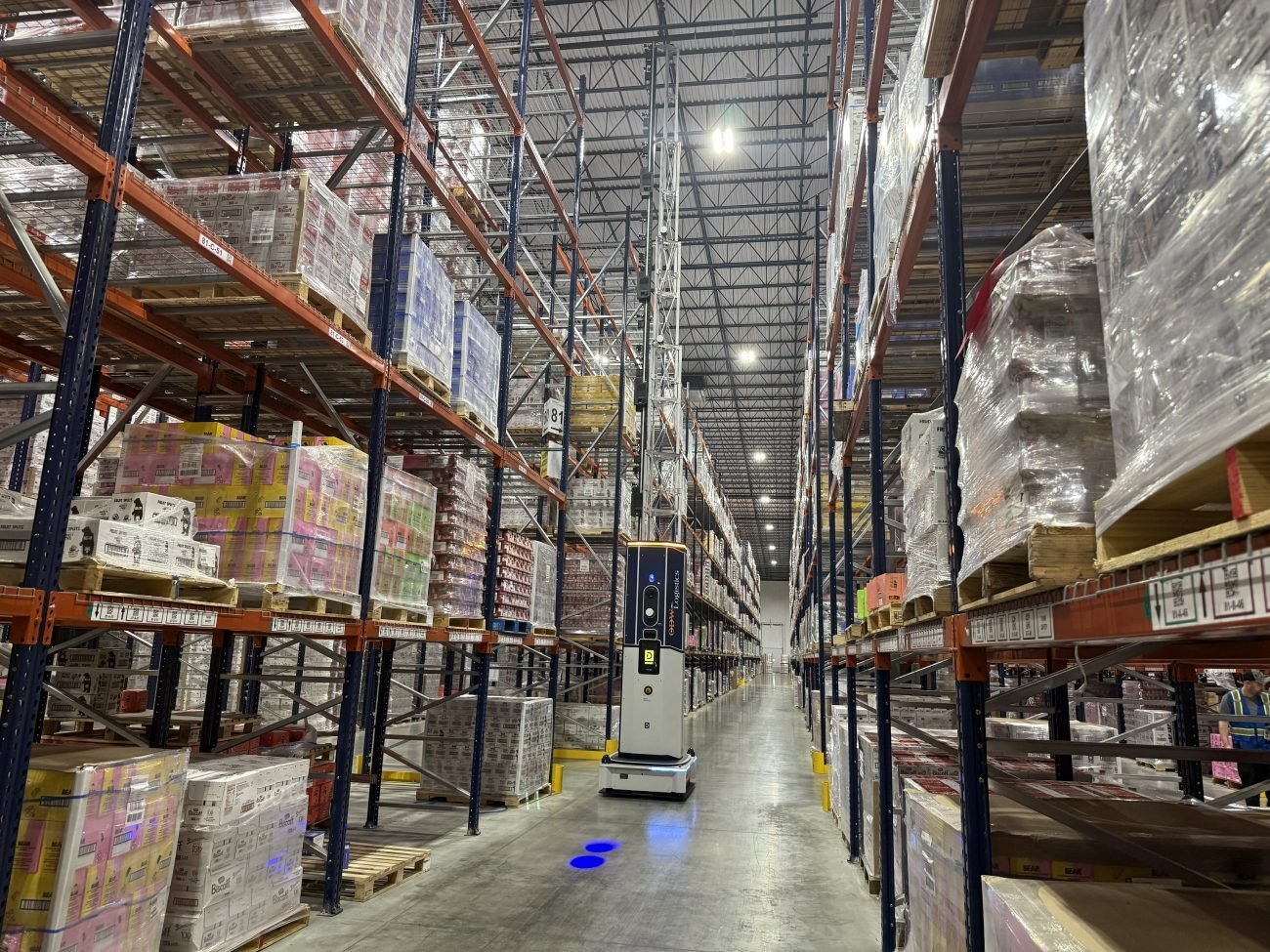A siloed supply chain can silently hinder your business and detract from your operational resilience. Oftentimes, a disconnect doesn't reveal itself until something goes wrong—and by then, you're simply scrambling to get back on track, with no time to see the big picture, strategize, and envision a truly connected supply chain. That's why it's important to continually strive for supply chain excellence, even when things seem to be running relatively smoothly. With more competition and higher customer expectations than ever, many companies are moving toward integrated logistics with a 3PL like ODW Logistics.
What Is Integrated Logistics?
Integrated logistics is a supply chain model in which multiple logistics services (warehousing, fulfillment, transportation management, freight brokerage, are seamlessly managed by a single provider. It's becoming increasingly common as more shippers are realizing the efficiencies, transparency, communication and cost controls that can be realized.
We often see supply chain departments (e.g., warehousing/fulfillment, transportation and shipping, and customer service) operating in silos, seeing each next step as a handoff rather than a natural flow of information and output. One department might not have visibility or awareness of what another department does, which can result in process inefficiencies and duplicated work, increased costs, and, at the end of the day, a bad customer experience. Integrated logistics breaks down those dividers and turns the supply chain into a unified process. Instead of departments operating independently, they function interdependently. The goal, of course, is to deliver orders faster, make customers happier, and grow in a manageable and scalable way.
5 Benefits of Integrated Logistics
Integrated logistics can transform your business for the better, especially if your current flow is fragmented and/or you have plans to scale your customer base. With an integrated supply chain, you can expect improvements relating to:
- Speed – The visibility and coordinated nature of integrated logistics creates the opportunity for more optimized operations. This results in moving product faster, so customers receive orders sooner.
- Cost Savings – The process of integrating logistics can uncover and eliminate inefficiencies that might be driving up your supply chain costs. It may even be possible to increase production speed and decrease production costs simultaneously, resulting in higher profit margins. If you're partnering with a 3PL for integrated logistics, there could be efficiency gains through streamlined communication, end-to-end visibility, and potential cost controls through load planning and multi-client freight consolidation.
- Communication – In an integrated supply chain, systems, departments, and people speak to each other. Better communication means better collaboration, better decisions, and ongoing improvements.
- Data – Like most business verticals, supply chain management and logistics are increasingly dependent on data to drive efficiency and inform decision-making. By bringing together your logistics operation, you can expect improved data integrity and better compatibility across systems leading to more accurate data. Not only will this improve your internal operations, but your customer experience as well, as this data underpins the visibility on their orders that they're expecting.
- Resilience – The pandemic taught us all to be prepared for the unimaginable. Businesses learned to adapt to challenges, strengthen their supply chains, and, in many cases, consolidate logistics with a reliable provider. Even as the pandemic subsides and supply chains recover, resilience will remain crucial. Integrated logistics enable the agility that it takes to respond to unexpected events and fluctuating markets.
Integrating Systems
There are many different facets of integrated logistics and many different steps to trace and connect, but two of perhaps the most impactful areas to bridge first are the two main sides of your logistics—warehousing and transportation. Warehouse Management Software (WMS) and Transportation Management Software (TMS) are each powerful on their own. When integrated, those powers combine to provide better supply chain visibility, operational efficiencies, and the framework to adopt new technologies in warehouse automation and artificial intelligence (AI). Learn more about integrating your WMS and TMS to optimize supply chain performance.
Integrating Data
Alongside WMS and TMS integration, data integration is another key piece in optimizing supply chain performance. Enterprise Resource Planning (ERP) only goes so far. Integrated data consolidates information from all angles, providing users with consistent access and delivery across all applications and business processes. Integrated data gives you a deeper understanding of your business needs, so you can develop longer-term strategies and clearly defined goals. The integrity of your data is also important; integrated logistics can improve that integrity and maintain it over the long haul. Learn more about how data integration improves supply chain performance.
Concerned about “All your eggs in one basket”?
It's understandable that there may be concerns about leveraging a single 3PL to manage your supply chain. You should clearly understand the value you're receiving from leveraging a single 3PL for multiple logistics services. What efficiencies will I gain? What value am I leaving on the table if I partner with multiple logistics providers? Is the partner committed to meeting our business goals and objectives? With a 3PL, it's not only the logistics that are integrated, but also the partnership. Visibility, freight consolidation, flexibility, and accountability are just a few of the many benefits of using one 3PL for integrated logistics services. Those are in addition to the benefits of integrated logistics mentioned above, from speed and cost savings to communication, data, and resilience.
Ready to reimagine your supply chain with ODW? Contact us to start the conversation.
ODW Logistics
Since 1971, we’ve been providing warehousing, distribution, and transportation solutions for hundreds of brands. We operate as an extension of your business to control costs throughout your supply chain that deliver you a competitive advantage over your competition.RECENT POSTS
Introduction: The Evolving Landscape of E-commerce Fulfillment In the fast-paced world of online retail, customer expect...
Dec. 18, 2025 09:26 AM
ODW Logistics has been named a Top 50 Third-Party Logistics (3PL) Provider by Global Trade magazine and recognized in th...
Dec. 17, 2025 09:33 AM
December 3, 2025
Dec. 04, 2025 09:10 AM








.jpg)

